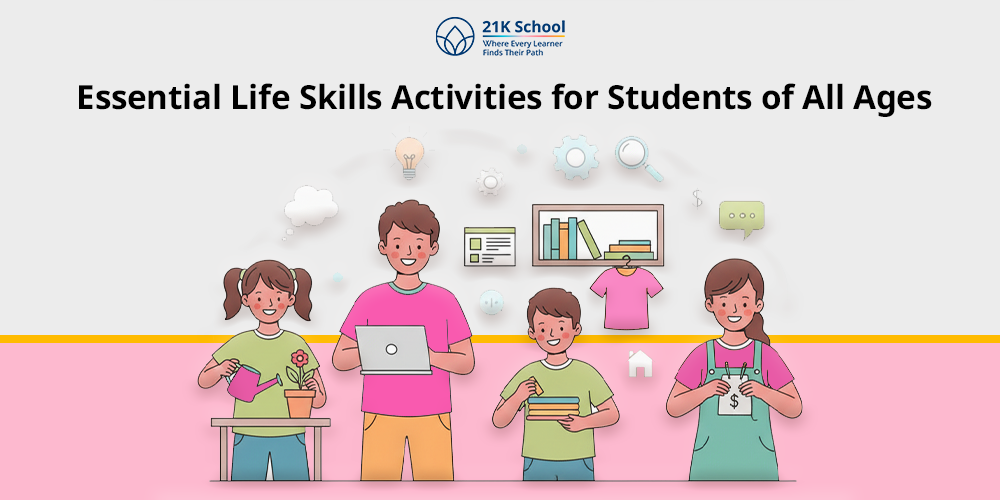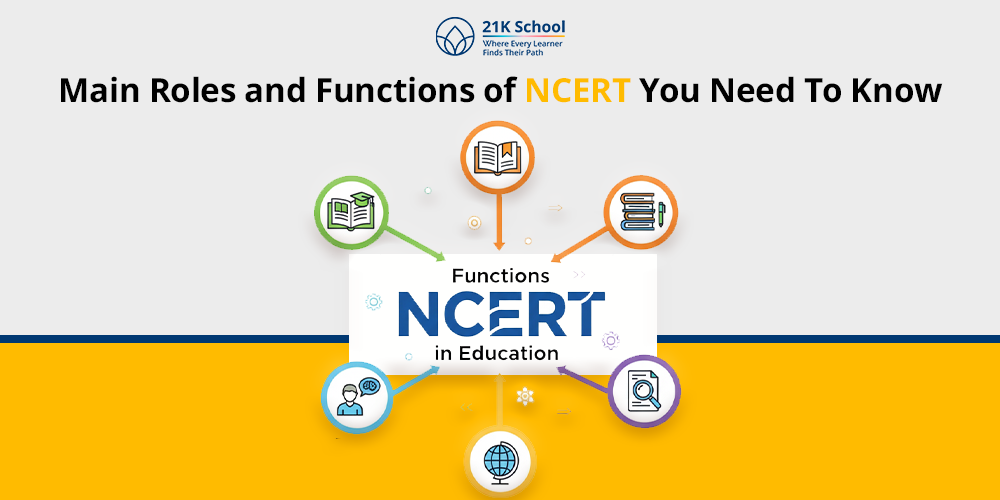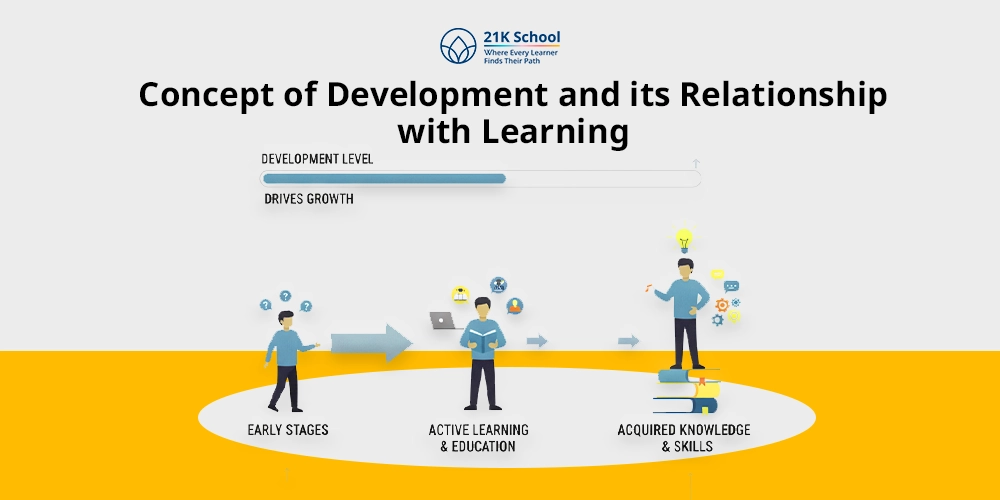
The world has been evolving in terms of everything including how we see education .
Education is again coming to its roots, where it was meant to teach about life and the real skills needed to survive it.
Even parents are demanding education from schools that teaches their kids some life skills activities rather than just some rote learning .
This is because they are now aware that if they really want their kids to be competent enough and give them the ability to flourish in this fast-moving world, life skills activities are really needed.
To assist parents and teachers, this article will talk about some best practices for learning life skills and what they actually are.
Contents
- 1 What are Life Skills Activities for Students?
- 2 Life Skills Activities for Students
- 2.1 1. Cooking and Meal Preparation
- 2.2 2. Managing Time
- 2.3 3. Managing Household Chores
- 2.4 4. Self-Care Activities
- 2.5 5. Managing Money Efficiently
- 2.6 6. Community Services
- 2.7 7. Role Playing
- 2.8 8. Group Discussions
- 2.9 9. Teamwork Activities
- 2.10 10. Build Navigational Skills
- 2.11 11. Problem-Solving Challenges
- 2.12 12. Make the Right Decisions
- 2.13 13. Practice Emotional Wellness
- 2.14 14. Practice Resilience
- 3 To Sum It Up
What are Life Skills Activities for Students?
Life skills activities are the activities that prepare children for the future challenges and equip them with 21st-century skills for students .
These skills might include communication skills , leadership skills , team management, time management , financial literacy , digital literacy , self awareness, problem solving , and a few more.
Without these life skills no one can survive in this economy where there is cutthroat competition for every opportunity you get.
Therefore, it is really required that we as teachers and parents educate our little children from a young age and build them into successful personalities.
But how do we actually do that? For that you can depend on the life skills activities in the following section.
Life Skills Activities for Students
Here’s the list of life skills activities for students who want to see a better career and future for themselves.
1. Cooking and Meal Preparation
Cooking is a life skill that should be taught to every kid and is necessary for survival. While cooking children also learn about measurements and budgeting.
- Materials required: Kitchen appliances, food ingredients, utensils, and measuring cups.
- How to Do It: Select any simple recipe like a sandwich, salad or smoothie. Now divide the students into small groups who would read a recipe, measure and follow safety instructions. Cleaning up should also be encouraged as a regular practice.
2. Managing Time
Time management skills assist students to stay on track with their tasks, set deadlines and reduce unnecessary study stress .
- Materials required: Study timetables or planners, alarms, phone timer, and daily task sheets.
- How to Do It: Ask students to develop a study routine where they have time-limited assignments (e.g. 10-minute reading session). Reflect on what worked, what didn’t, and things that needed improvement.
3. Managing Household Chores
Managing household chores include tasks that keep a house clean and organized. Your kids should be knowing how to maintain a house so that they can live independently when finding future jobs outside the city.
- Materials required: Cleaning mops, brooms, detergent, and small decors.
- How to Do It: You can encourage children to fold clothes, sweep the house, and arrange books. Switch tasks among students with the chores and demonstrate how each one of the chores helps to have a clean and functional home environment.
4. Self-Care Activities
Self-care activities encourage cleanliness, grooming and student mental health in young learners.
- Materials required: Mirrors, self-care products (toothbrush, comb, soap, etc.), and journals.
- How to Do It: Educate children about the mindfulness activities for students and benefits of self-grooming. Add daily exercise of emotional journaling, 5 minutes of meditation, cleanliness, and skincare to children from small age.
5. Managing Money Efficiently
As students reach a certain age where they have understanding of money, tell them how to manage money effectively. You should also teach them savings and financial literacy that facilitate their future plans.
- Materials required: Board games like monopoly, payday, or the game of life in the classroom.
- How to Do It: In Payday games, you can teach children about budgeting by introducing them to the 50-30-20 rule. Students learn to spend such that they also save for their future and emergency funds.
6. Community Services
Community services reflect personality development of learners. Serving in our own community fosters teamwork, cultural awareness , civic responsibility, and humility.
- Materials required: Depends on the type of community service children would execute.
- How to Do It: You can host a local community cleaning event or visit an old-age home. Cleaning the streets, roads, or interaction with old people would give a sense of fulfillment to the learners.
7. Role Playing
With role playing children dive into practical scenarios. That enhances communication skills, decision-making skills , empathy, and analytical skills.
- Materials required: Scenario cards, costumes or props are optional.
- How to Do It: Design role plays around managing peer pressure, requesting assistance or solving a dispute. Give roles and encourage students role play, and discuss what they learnt.
8. Group Discussions
It is often seen that learners who are involved in group discussions develop speaking skills, active listening skills, and respect of other opinions.
- Materials required: Discussion prompts, and timer.
- How to Do It: Give a topic like “Why should students wear uniforms?” or “How can we reduce plastic use?”. Create small groups of students and engage them in a respectful conversation.
9. Teamwork Activities
One of the best ways to build cooperation, confidence and team management is getting involved in educational teamwork activities.
- Materials required: Simple construction materials (building blocks, straws, marshmallows), blindfolds (to do trust exercising).
- How to Do It: Use a building the tallest tower challenge, which can be done in teams. Blindfold one of the participants and have the others guide them through an obstacle course. Reward the best teams and ask them about the strategies.
Navigation skills are really important for day-to-day travels and commutes. It requires understanding of space, direction-following and problem solving, all at once.
- Materials required: Maps or compasses, clues for a scavenger hunt.
- How to Do It: Using simple maps, plan a scavenger hunt based on student-friendly hints. Teach the students to read maps and utilize basic directions. It is ideal for outdoor education.
Also, explore some outdoor activities for kids .
11. Problem-Solving Challenges
Problem-solving challenges can include games having sudoku, riddles, puzzles, or chess. They can be beneficial for students trying to learn critical thinking and innovativeness in their regular practice.
- Materials required: Puzzles, riddles, or scenario cards
- How to Do It: Assign students a scenario to resolve (e.g. what would you do if your school bus was late?). Allow them to brainstorm in groups and point out alternative problem solving strategies.
12. Make the Right Decisions
Life would give your child many chances where they will have to make decisions. And if they are well prepared to understand what’s best for them as well as right, they will ace in life.
- Materials required: Scenario sheets, and decision-making charts.
- How to Do It: Let students choose what decision they would make in scenarios like “would you waste your last ₹100 on street food or buy a book?”. Give them a sheet to analyse their decisions based on positives and negatives, and then share that with their mates.
13. Practice Emotional Wellness
Emotional wellness is a crucial component of attaining a meaningful life. Emotional intelligence can be utilized to form lasting relationships in personal and professional settings.
- Materials required: A quiet space, journal, sticky notes, and emotion cards.
- How to Do It: After exercising mindfulness , breathing exercises or performing activities like emotion charades, the students should be asked to write about their feelings, name their triggers, and coping mechanisms.
14. Practice Resilience
Resilience helps children to build themselves again after failures or when faced with challenges. Bringing resilience activities into classrooms as life skills can benefit them a lot in real life situations.
- Materials required: Motivating success stories after failures, or personal challenge sheets.
- How to Do It: Tell success stories of people who won over limiting situations. Ask them to write points that influenced them most from the stories. Discuss the importance of perseverance and a growth-mindset .
To Sum It Up
Instilling lifelong learning skills into learners can be easier with life skill activities. They can totally change how your child grows and learns.
These activities can build modesty, confidence, cultural understanding, and financial management in young learners who are curious to know everything about the world.
Through the introduction of life skills activities into school programs and day-to-day aspects, teachers enable children to grow up to be strong and mature people. They become well equipped to face challenges in life. These are like advanced extracurricular activities that are at the core of training students on how to become adults.



